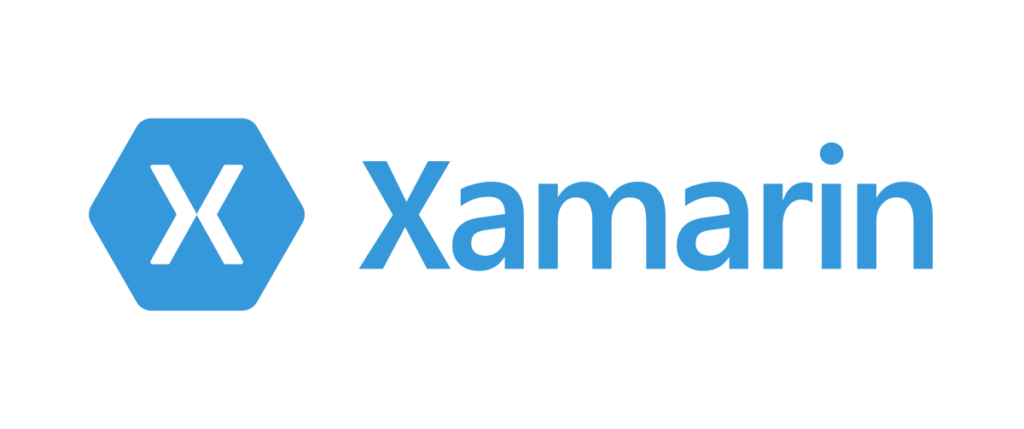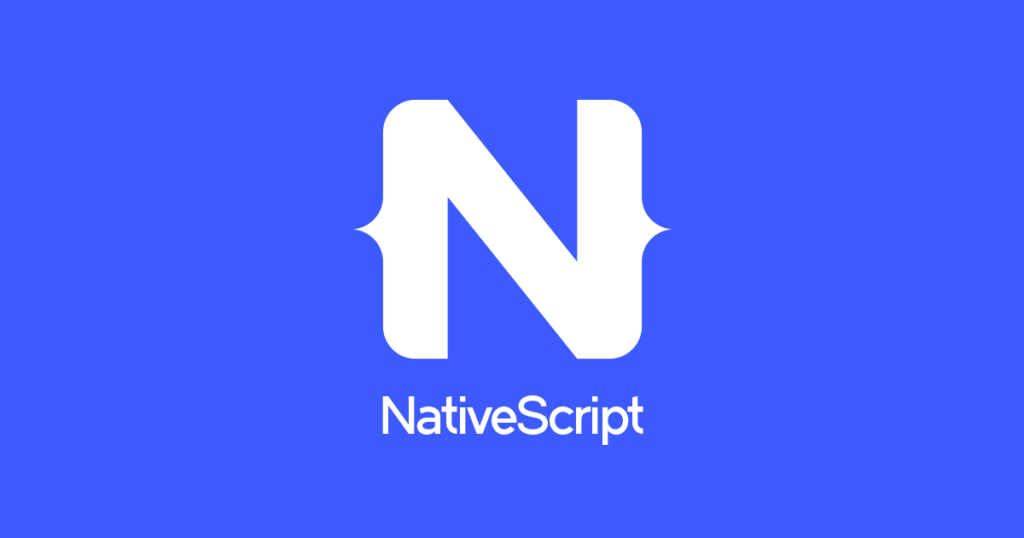Importance of Choosing The Best Framework For Mobile App Development 2024
It is important to learn more about the best framework for mobile app development in 2024. As mobile technology keeps getting better, the need for high-quality, fast, and easy-to-use mobile apps is growing. Developers are always looking for the best tools and frameworks to make their work easier and create great mobile experiences for users on different devices. In 2024, several frameworks stand out for their ability to meet these needs.

Each offers unique features and benefits that suit different development styles and goals. This article looks at the best frameworks for mobile app development in 2024, explaining what they can do, how they perform, and the support they offer from the developer community.
Whether you are an experienced developer or just starting out, understanding these frameworks can help you choose the right tools to bring your mobile app ideas to life.
Flutter
An open-source mobile app development framework by Google, Flutter utilizes the Dart programming language to create high-performance, visually appealing, and natively compiled applications for mobile, web, and desktop from a single codebase.
Key Points about Flutter

Cross-platform Development:
Flutter enables developers to create native-looking applications for both iOS and Android using one codebase, saving time and resources compared to developing separate apps for each platform.
Native Performance:
Leveraging its own rendering engine, Skia, Flutter offers high-performance, smooth animations, and a native-like user experience by compiling directly to native ARM or Intel machine code, avoiding the need for an intermediate JavaScript bridge.
Extensive Widget Library:
Flutter includes a comprehensive set of customizable and extensible widgets adhering to Material Design (for Android) or Cupertino (for iOS) design guidelines, allowing developers to craft visually appealing and responsive user interfaces.
Hot Reload:
Flutter’s hot reload feature allows developers to see code changes almost immediately without restarting the app, accelerating the development and iteration process.
Dart Programming Language:
Flutter uses Dart, a language designed for client-side development, offering features such as type safety, ahead-of-time (AOT) compilation, and just-in-time (JIT) compilation for rapid development.
Large and Active Community:
Flutter has a growing, supportive community of developers, providing abundant resources, documentation, and third-party packages to enhance the framework’s capabilities.
Multiplatform Support:
Beyond mobile, Flutter supports building applications for the web, desktop (Windows, macOS, and Linux), and embedded devices, all from a single codebase.
Integration with Google Ecosystem:
Flutter integrates well with other Google services and tools, like Firebase, Google Ads, and Google Play, making it an attractive option for developers working within the Google ecosystem.
React Native
React Native is an open-source framework developed by Facebook that allows developers to build high-performance, native-looking mobile applications for both iOS and Android platforms using a single codebase and their existing JavaScript and React knowledge.
Key Points about React Native:

Cross-platform Development:
React Native enables developers to create native-looking applications for both iOS and Android using one codebase written in JavaScript and React. This approach saves time and resources compared to developing separate apps for each platform.
Native Performance:
Utilizing native UI components and APIs, React Native offers a native-like user experience. It compiles directly to native code, bypassing the need for an intermediate JavaScript bridge, resulting in high performance and smooth animations.
Reusable Components:
React Native offers a rich set of pre-built, customizable UI components that adhere to the native design guidelines of each platform. Developers can also create their own reusable components, promoting code reuse.
Hot Reload:
React Native’s hot reload feature allows developers to see code changes almost immediately without restarting the app, accelerating the development and iteration process.
Large and Active Community:
React Native has a growing and supportive developer community, providing abundant resources, documentation, and third-party libraries to extend the framework’s capabilities.
Integration with React Ecosystem:
React Native integrates well with the broader React ecosystem, enabling developers to leverage their existing React and JavaScript knowledge to build mobile apps.
Backed by Facebook:
Originally developed and open-sourced by Facebook, React Native receives strong support and ongoing development from Facebook.
Ionic
Ionic is a popular open-source framework for building cross-platform mobile apps, known for its ease of use, rich UI components, and integrations with major frameworks, enabling developers to leverage their web development skills.
Key Points about Ionic:

Open-source Framework:
Ionic is an open-source UI toolkit for building high-quality, performant mobile and desktop apps using web technologies like HTML, CSS, and JavaScript.
Cross-platform Development:
Ionic allows developers to create native-looking mobile applications for multiple platforms, including iOS, Android, and the web, using a single codebase.
Integrations:
Ionic integrates with popular frameworks such as Angular, React, and Vue, allowing developers to utilize their existing skills and codebases.
Native Device Plugins:
Ionic provides integrations for accessing native device features like Bluetooth, Maps, HealthKit, and more.
Customizable UI:
Ionic offers a clean, simple, and functional design with ready-made components and a customizable base theme that adapts to each platform.
Performance:
Ionic is built for performance, employing best practices like efficient hardware-accelerated transitions and touch-optimized gestures.
Ionic CLI:
The Ionic CLI offers a powerful set of tools for quickly scaffolding apps, running a development server, building, and deploying.
Appflow:
Ionic provides a commercial service called Appflow for building, deploying, and managing Ionic apps throughout their lifecycle, including cloud builds, live updates, and app store publishing.
Large Community:
Ionic has a large and active community of developers, offering resources, documentation, and third-party libraries to extend the framework’s capabilities.
Open-source License:
Ionic is released under the permissive MIT license, allowing free use in personal or commercial projects.
Xamarin
Xamarin is an open-source, cross-platform application development framework maintained by Microsoft, enabling developers to build native Android, iOS, and Windows apps using C# and .NET.
Key Points about Xamarin:

Cross-platform Development:
Xamarin allows developers to create native mobile apps for iOS, Android, and Windows using a single codebase written in C# and .NET.
Native Performance:
Xamarin apps are compiled to native code, providing a native user experience and access to platform-specific APIs and features.
C# and .NET:
Xamarin leverages the C# programming language and the .NET framework, allowing developers to use their existing skills and tools.
Visual Studio Integration:
Xamarin is tightly integrated with Microsoft’s Visual Studio IDE, offering a familiar development environment for .NET developers.
Code Sharing:
Xamarin enables code reuse across platforms, allowing up to 90% of the codebase to be shared between iOS, Android, and Windows apps.
Large Community:
Xamarin has a large and active community of developers, providing abundant resources, libraries, and support.
Corporate Support:
Acquired by Microsoft in 2016, Xamarin benefits from continued development, support, and integration with the Microsoft ecosystem.
Native UI and APIs:
Xamarin apps can access native UI components and APIs, allowing for a seamless and high-performance user experience.
Diagnostic Tools:
Xamarin offers various diagnostic tools, such as the Android SDK Manager and Google Emulator Manager, simplifying the development and testing process.
Flexible Backend:
Xamarin allows integration with various backend infrastructures, providing flexibility in building end-to-end mobile solutions.
NativeScript
NativeScript is an open-source framework for building truly native mobile apps using Angular, Vue.js, TypeScript, or JavaScript.
Key Points about NativeScript:

Cross-platform Development:
NativeScript allows developers to create native iOS and Android apps using a single codebase written in Angular, Vue.js, TypeScript, or JavaScript.
Native Performance:
NativeScript apps use the same native UI components and APIs as those built with Xcode or Android Studio, providing a native user experience and performance.
Direct Access to Native APIs:
Developers have 100% direct access to all iOS and Android APIs, allowing them to easily reuse CocoaPods and Android SDKs.
Code Reusability:
NativeScript enables code sharing across platforms, allowing developers to reuse existing web-based code and skills to build mobile apps.
Strong Community:
NativeScript has a vibrant and enthusiastic community of developers contributing to the project and providing resources, documentation, and support.
Open-source and Free:
NativeScript is open-source software available under the Apache 2 license, allowing free use in personal or commercial projects.
[Want to learn more about the best framework for mobile app development in 2024? Click here to reach us.]
Conclusion
Choosing the best framework for mobile app development in 2024 depends on your specific needs, skills, and project goals. Each framework discussed has its strengths and unique features that make it suitable for different types of projects. Flutter stands out for its seamless cross-platform capabilities and visually appealing interfaces. React Native offers a strong ecosystem and ease of use for JavaScript developers. Ionic provides flexibility with its integration of popular web frameworks. Xamarin is ideal for those deeply integrated into the Microsoft ecosystem, while NativeScript offers direct access to native APIs and supports multiple programming languages.
Ultimately, the right framework will depend on your development preferences and the specific requirements of your app. By understanding the features and benefits of each framework, you can make an informed decision that will help you create high-quality, performant, and user-friendly mobile applications.
For those seeking professional assistance, Bobcares Mobile Development Services offers expert solutions tailored to your needs. Whether you’re a seasoned developer or new to the field, Bobcares provides the tools, expertise, and support necessary to succeed in mobile app development in 2024. By leveraging the right framework and professional guidance, you can bring your mobile app ideas to life with confidence.







0 Comments